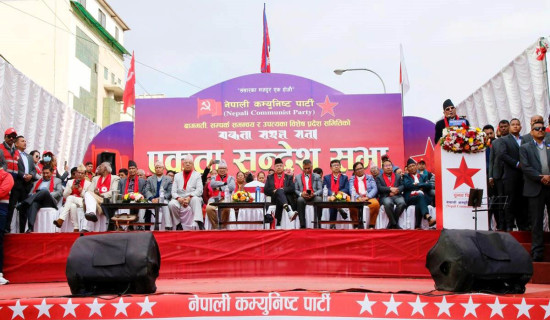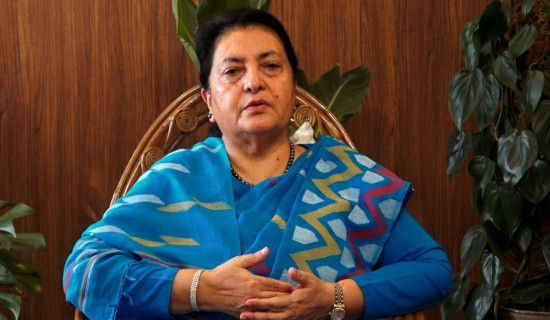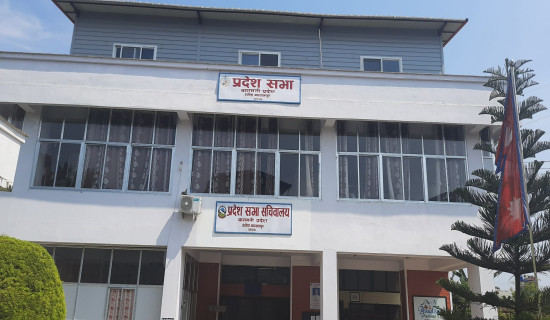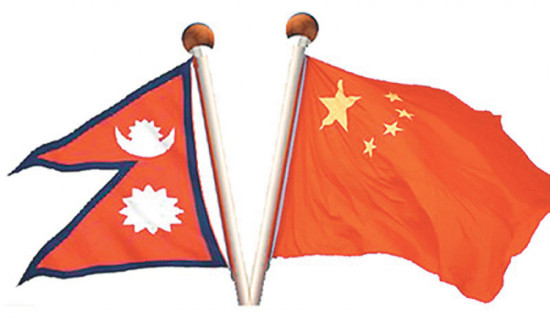- Saturday, 20 December 2025
Meditation and Kathak: A Holistic Approach to Wellbeing
Mental illness has been on a major rise in recent decades on an international scale. While yoga, meditation, and other mindfulness practices are part of the mainstream management of poor mental health, there is one long-overlooked practice that has indeed brought solace for centuries—Kathak, an Indian classical dance form.
My journey into Kathak began on a casual note. After high school, I was looking for something fun and creative, and Kathak seemed like an interesting way to stay active. Little did I know, this simple decision would lead me not long after to a deeper connection with myself. Regularly practising Kathak for a year now, I feel it is not just an art but a powerful tool to improve concentration and mental health. Kathak aligns the body and mind in a way that brings a sense of focus and emotional stamina into life.
Here, I discuss how Kathak can act as meditation, connecting one's body and mind by reducing stress, and promoting overall well-being. The world is confronted with the global crisis of mental health. According to the World Health Organization, depression is the most disabling illness in the world today; it affects over 264 million persons. Anxiety disorders are the next most common, again affecting millions.
The mental health of a person is no longer a personal affair but one which emanates from within society and calls for common concern and newer visions. Though therapies and pharmaceuticals continue to be relevant, the tendency towards holistic therapy is upward and cuts across lifestyle modification interventions. Thousands seek out practices that tie body and mind together, such as yoga, Tai Chi, and meditation. But one of the most powerful and often overlooked is dance, more particularly Kathak.
The forms of movement and expression include dance as a special approach to mental well-being. Physical activity within dance is considered by most forms of exercises as an effective way of reducing symptoms of stress, depression, and anxiety. In this case, regular physical activity has been proven to enhance emotional well-being, lower stress, and improve self-esteem. According to the Better Health Channel, exercising may result in releasing endorphins, considered natural painkillers and mood enhancers. But the one thing that separates it from every other kind of exercise is its ability to incorporate physical movement with emotional expression.
Kathak is particularly salient because it requires a very advanced level of mental focus and attention. Unlike other dance performances, kathak reveals intricate footwork with hand gestures and facial expressions, all in rhythm with the music, which requires concentration because it demands the use of rhythm, and movements, and evoking the emotions the artists want to portray. Such engagement with the present moment shares much resemblance to mindfulness practices used in meditation.
Traditionally, Kathak has been used to narrate stories that might be culled from mythology, religion, or history. But of late, psychiatrists have begun to explore the meditative aspects of Kathak. Like yoga or Tai Chi, Kathak entails deep concentration on the moment the essential ingredient of mindfulness. This focus, taken together with the rhythmic movements in Kathak, can thus serve as a meditative experience and afford the person a path toward emotional regulation and clarity of mind.
My own experience with Kathak has been one of transformation. That which started off as a time-pass activity after finishing school soon deepened into a self-discovery practice. I noticed my being more in touch with my body and my emotions as I immersed myself in this dance. The rhythm, the movement, and focused attention on every step allowed me to quiet the noise in my mind and be present for that instant. It was through Kathak that I found an outlet for stress and calm I had never known before.
It became a place where one could convey the emotions for which words fall short. I had not anticipated the linkage that occurred between my mind and body; indeed, this was truly the key that assisted me in working through stress and anxiety in ways I had previously not considered. Research into dance and mindfulness has revealed that movement in isolation is significantly supported by awareness to increase mental well-being.
One such theory, which coordinately relates to the field of dance, is embodied cognition, which involves interrelations between the mind and body. It helps the process of relocation influence the mental state through physical activity, heightening emotional awareness, lessening anxiety, and finding a balance in mood. Indeed, scientific evidence shows that movement-based practices can generate mindfulness by creating a "flow state" a mental state of full engagement and focused attention common to meditation.
It is such a state that, during Kathak, dancers lose themselves in rhythm and movement; hence, less stress and improved mental well-being. In support, the survey I conducted of various schools in Kathmandu reflected that students practising Kathak were much happier and more capable of managing their stress and anxiety. Results showed that the regular practitioners of Kathak had better emotional regulation, resilience, and interconnection of mind and body.
Students described fewer levels of examination stress or other stressful events, and hence, Kathak was also good for maintaining mental health and hence useful in the cultivation of creativity with discipline. Many practitioners and experts have already begun to explore the practical usage of Kathak as a tool for mental health. Ritu Sharma, a Kathak dancer and therapist, believes Kathak is much more about self-expression than it is an art form. "Kathak has always been a way to connect with my inner self," she says.
It's a way of shedding stress, expressing joy and sorrow, and finding peace inside. When linked to meditation, it becomes a transformation. Dr Neelam Gupta, a clinical psychologist specializing in stress management, says, "At one level, dance-Kathak in particular offers an interesting combination of physical exercise and mindfulness. It helps people become more in tune with their bodies and emotions, which is critical for managing stress and anxiety. Research supports these anecdotal reports.
In one recent pilot study, participants who took part in Kathak combined with mindfulness meditation had significant decreases in stress and anxiety. Many reported that after each session, they felt more "centred" and "present", which further supports such a movement-meditation combination as favourable for mental health. But what is happening in the brain when we put movement and mindfulness together? Neuroscientists have made parallels between meditation and exercise in terms of the effects each practice has on the neurophysiology of the brain, and the results are interesting.
Meditation turns on parts of the brain that are in charge of emotional regulation, including the prefrontal cortex and insula, while quieting the amygdala part of the brain, responsible for the processing of fear and stress. Similarly, physical movement, especially of a more rhythmic nature like dancing, heightens levels of dopamine and serotonin-neurotransmitters responsible for mood regulation and promoting happy, tranquil sensations.
In combination, the practice of mindfulness and movement forms a potent synergy that can reduce anxiety, improve focus, and regulate emotions. In today's world, where the agony of mental states seems to be an important part of life, Kathak offers a fresh perspective: one that merges the ancient tradition with modern wellness needs. Through Kathak, one may reconnect to themselves through movement and mindfulness. Practitioners are now introducing Kathak to a wider audience through community classes, workshops, or even online as a means for people to cope with stress, anxiety, and emotional burnout.
For most, Kathak is something more than a cultural experience-it's one route to healing. The young professional Ravi Kumar recounts, "I started practising Kathak as a hobby, but it's turned into a form of meditation for me. It helps me release stress in ways I never expected. I feel more present and grounded after each session." With global trends of mental health problems spiralling upwards, the time has come for the opening of new avenues for healing.
Kathak, an ancient classical dance form, offers new dimensions toward healing and fine liaison between body and mind-integrated dance with meditation. This ancient art form works on physical fitness and nurtures mindfulness, emotional expression, and mental clarity. Kathak could well be the holistic remedy of our fast-paced, stressful world to remind us that movement, breath, and connection are ways through which our journey toward better mental health can be guided.
By Pronita Ghimire
Grade XII
Trinity International SS & College

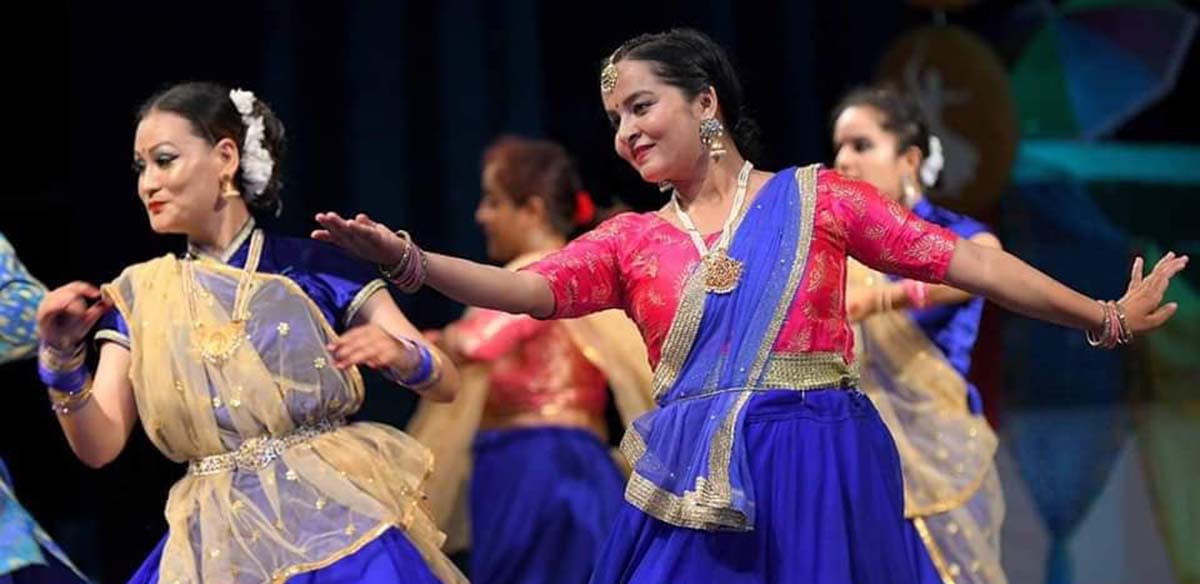







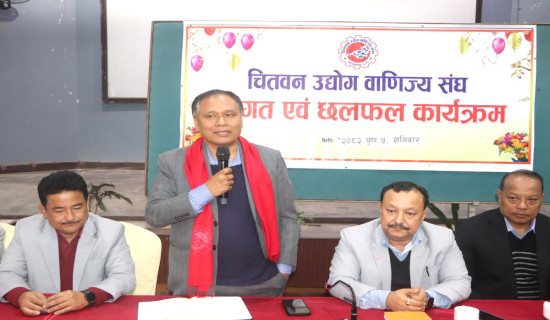
-original-thumb.jpg)
-original-thumb.jpg)
